Copyright 2012 F+W Media, Inc. All rights reserved. No portion of this publication may be reproduced or transmitted in any form or by any means, electronic or mechanical, including photocopy, recording, or any information storage and retrieval system, without permission in writing from the publisher, except by a reviewer who may quote brief passages in a critical article or review to be printed in a magazine or newspaper, or electronically transmitted on radio, television, or the Internet. Published by

Krause Publications a division of F+W Media, Inc.
700 East State Street Iola, WI 54990-0001
715-445-2214 888-457-2873
www.krausebooks.com To order books or other products call toll-free 1-800-258-0929 or visit us online at www.shopdeerhunting.com ISBN-13: 978-1-4402-3513-9
ISBN-10: 1-4402-3513-9 Cover Design by Dustin Reid
Designed by Sandi Carpenter
Edited by Jacob Edson Printed in the United States of America

About This Book
Youve filled your tag or hit your limit. The wild game is field dressed, packaged, froze and ready to prepare for the dinner table. The hard work is done, and its finally time to enjoy the spoils of your hunt.
But what should you make? The options are endless. Thats where this book comes in. Weve collected some of our readers most loved recipes in an attempt to help you prepare the most delicious wild game possible. These are family favorites that you can prepare in your own kitchen without having to be an expert chef. The collection of mouth-watering recipes comes from all regions of the country and covers everything from doves and turkeys to deer and gators. The folks that submitted these dishes live and breathe the outdoors.
They know how to wow friends and family with delicious wild game. So, set the table and get ready to try something new and exciting. 
Contents

Introduction
Handling Game
Tasty game results from proper handling from the moment you kill it to the time you place the packaged cuts in the freezer. Proper care includes field dressing, cooling, skinning, storage and butchering. Step 1: Field Dressing Field dressing is an extremely important step in the handling of game. Removing the paunch, intestines and other inedible internal tissue permits body heat to dissipate quickly, thus cooling the meat.
This step remains important in either warm or cool weather. Equally important, field dressing eliminates the possibility of stomach acids and expanding gases tainting the meat. It also helps to completely drain blood from the body cavity. Although many novice hunters think that field dressing requires special skills, its not really a complicated task. Step 2: Cooling Whether you immediately transport your game home or leave it in camp, the animal should be hung as soon as possible. Hanging game accomplishes two things: it facilitates cooling, and it puts the animal in a good position for skinning.
Propping the body cavity open with a stick promotes even faster cooling. Many people hang large game head up, but a head down position remains better for several reasons. First, it allows heat to rise freely from the chest cavity. Second, it makes it easier to skin the animal. Third, it reduces the amount of hair you get on the meat. Select a shady, cool spot for hanging.
If temperatures stay at or below 40 to 50 degrees, the meat will stay in good condition for two or three days. Obviously, during late fall in Northern states, game could hang longer without undesirable effect on the meat. In Southern states, however, and during early seasons around the country, hot daytime temperatures present a problem. The warmer the weather, the sooner the meat should be processed. Hanging game in a walk-in cooler is ideal, but not all hunting camps have one. In that case, quarter large game and put the meat on ice.
Step 3: Skinning In cool climates, wait to skin the animal. Skinning game accelerates cooling of the meat, and skinning is easiest when the carcass is still warm. However, the skin helps protect the meat from the elements while it is hanging. It also prevents the meat from drying out. In extremely cold weather, leaving the hide on the carcass can help prevent the meat from freezing unevenly. Meat quality depends upon rapid, but uniform cooling.
Quick freezing, or repeated freezing and thawing, can cause meat to be tough. In warm regions, skin large game as soon as possible. This will help the meat cool faster. If the game is to be hung in a cooler, the hide will not be needed for protection. If you do not immediately butcher the skinned game carcass, cover the meat with a white, commercial cheesecloth. Such game bags permit further cooling and air circulation, while also keeping out insects.
You can discourage flies from attacking the exposed meat by liberally sprinkling black pepper on it. Step 4: Aging The question of whether one should age meat or not remains a point of endless discussion among hunters, meat processors and scientists alike. Some animal scientists view aging as impractical because so many people lack the proper facilities. Under improper conditions, the meat becomes susceptible to deterioration by bacteria and mold growth. Further, since hunters shoot a large number of young animals with naturally tender meat, aging seems unnecessary. However, holding the carcass at temperatures of 34 to 37 degrees Fahrenheit with a relative humidity of 88 percent allows the enzymes in the meat to break down some of the complex proteins, a process that usually improves flavor and tenderness.
Step 5: Butchering In the absence of experience or a willing instructor, most hunters take large game to a local processor to have it butchered, for a fee. In most cases, however, even the novice ends up with better quality venison when he butchers his animal himself. Surprisingly, it takes very little practice to become proficient at butchering game, and you dont need any special tools other than a sharp, stiff knife and a steel to keep it sharp. As a side benefit, the butchering process also offers an opportunity for you to become familiar with animal physiology. This knowledge naturally translates into better understanding of shot placement. 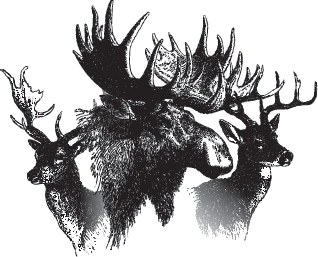
Chapter 1
Venison Appetizers
Stuffed Peppers
Robert Vaillancourt, NHServes 4, or in my home 2 1 pound ground venison 1 medium onion, diced 1 package saltine crackers, crushed 2 eggs Salt and pepper to taste 4 medium peppers 1/4-inch cheese cubes, any flavor Ketchup In a mixing bowl, thoroughly mix the ground venison, onion, crackers, eggs, salt and pepper.
Clean out the peppers and stuff them with the meat mixture. Top stuffed peppers with ketchup and place in baking dish small enough to hold them from falling over. Bake at 350 for 15 to 20 minutes. Turn heat down to 250, top stuffed peppers with the cheese cubes and continue to bake for 10 minutes or until cheese is melted. Remove from oven and let stand to cool slightly before serving.


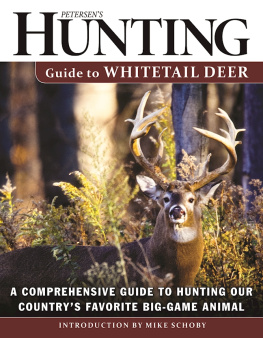
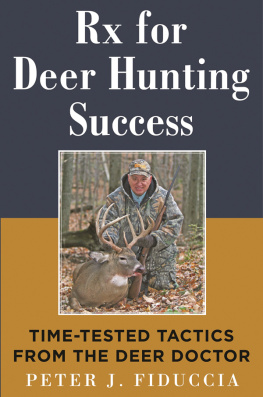
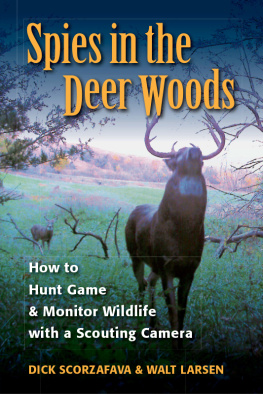


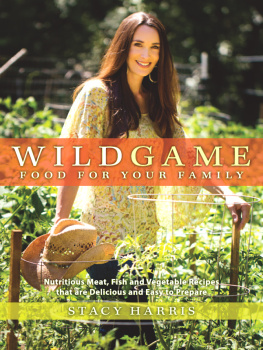

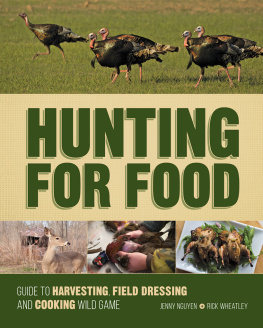
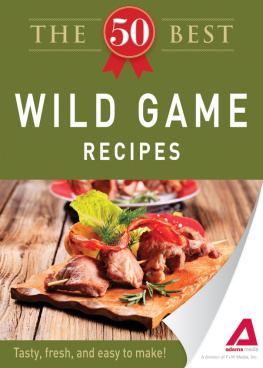


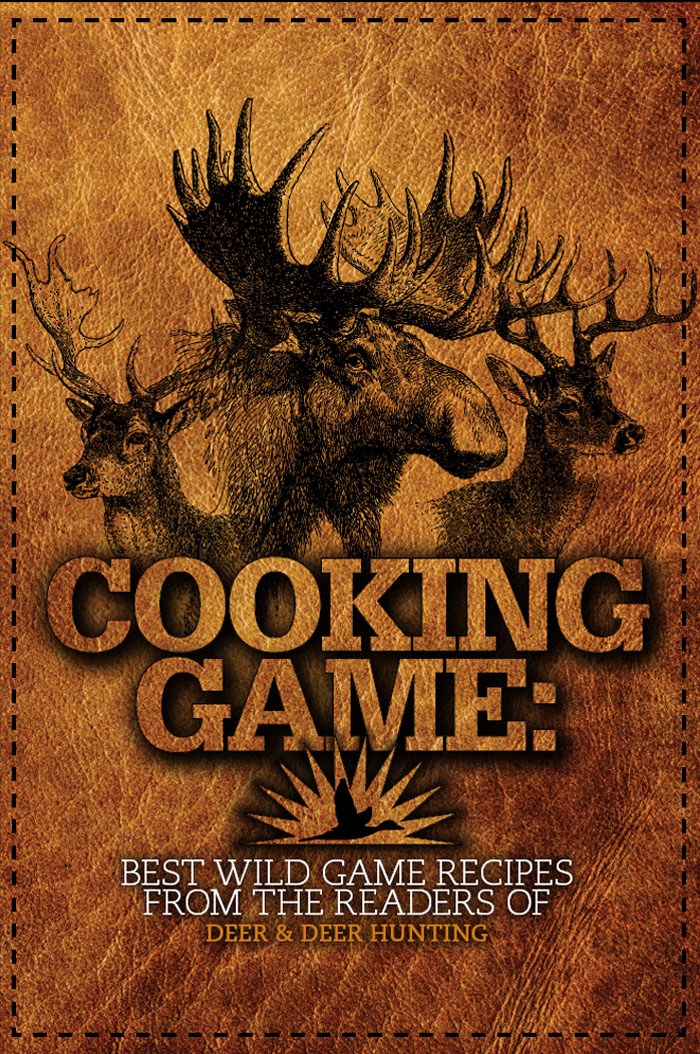

 Krause Publications a division of F+W Media, Inc.
Krause Publications a division of F+W Media, Inc.
